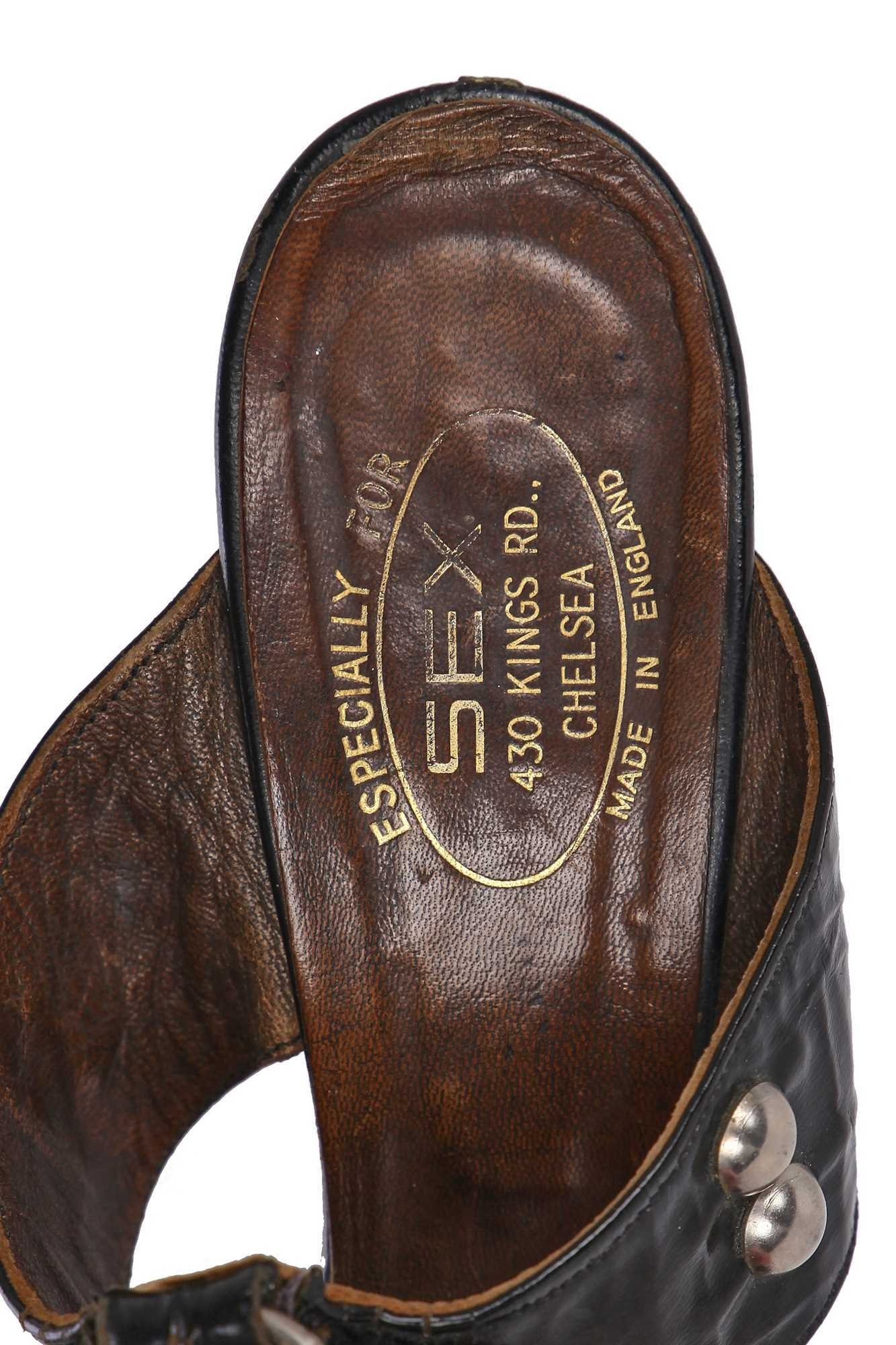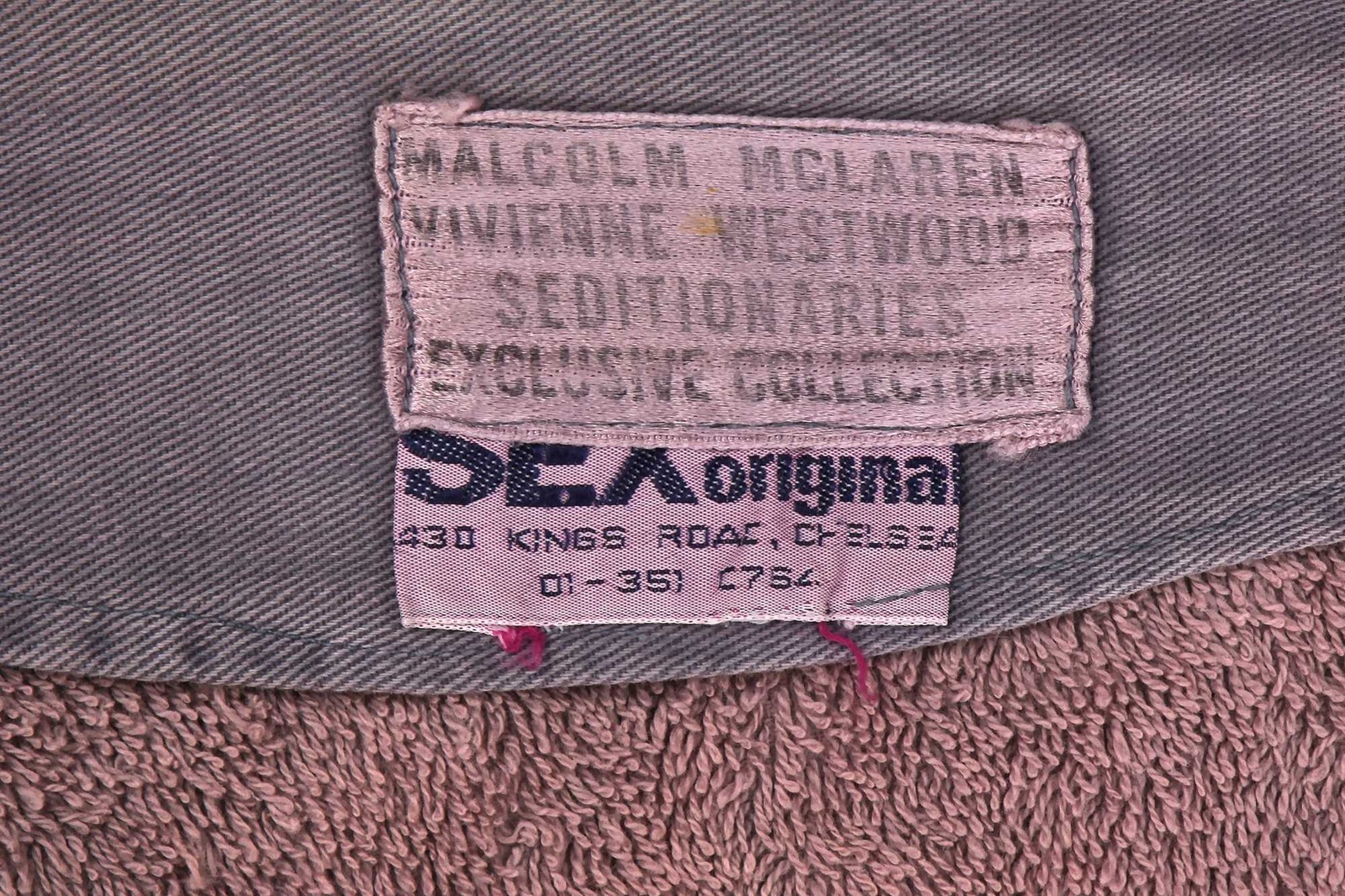Dame Vivienne Westwood was an English fashion designer perhaps best known for being one of the most influential figures in punk culture/style and bringing ‘new wave’ fashion to the mainstream in the 1970s.
Born in 1941, Vivienne Isabel Swire initially studied jewelry and silversmithing. However, due to her belief that a woman from a middle-class background could not earn a living in the art world, she ventured into teaching at a primary school while simultaneously selling jewelry at a stall on Portobello Road.
In 1962, she married Derek Westwood in a wedding dress of her own design. The marriage ended in dissolution, and Westwood started a relationship with artist Malcolm McLaren. During this period, she continued both teaching and making clothing designed by McLaren.
Their first shop, named Let It Rock, specialized in selling 1950s clothing and modified versions of Teddy Boy fashion. Notably, their clothing was used in The Rocky Horror Show.
In 1973, Let It Rock transformed into Too Fast To Live, Too Young To Die. The store began stocking leather jackets, heavily distressed shirts adorned with provocative words like ‘PERV’ emblazoned across the chest. Simultaneously, McLaren took on the role of manager for the New York Dolls and styled them for concerts, dressing them in red Soviet-inspired uniforms.
In 1974, they employed Glen Mattlock, the future bassist for the Sex Pistols, and rebranded the store as SEX. It became known for its fetish wear. Pamela Rooke, known as “Jordan,” assumed the position of shop manager, clad in full bondage fashion, and became an icon of the London punk scene.
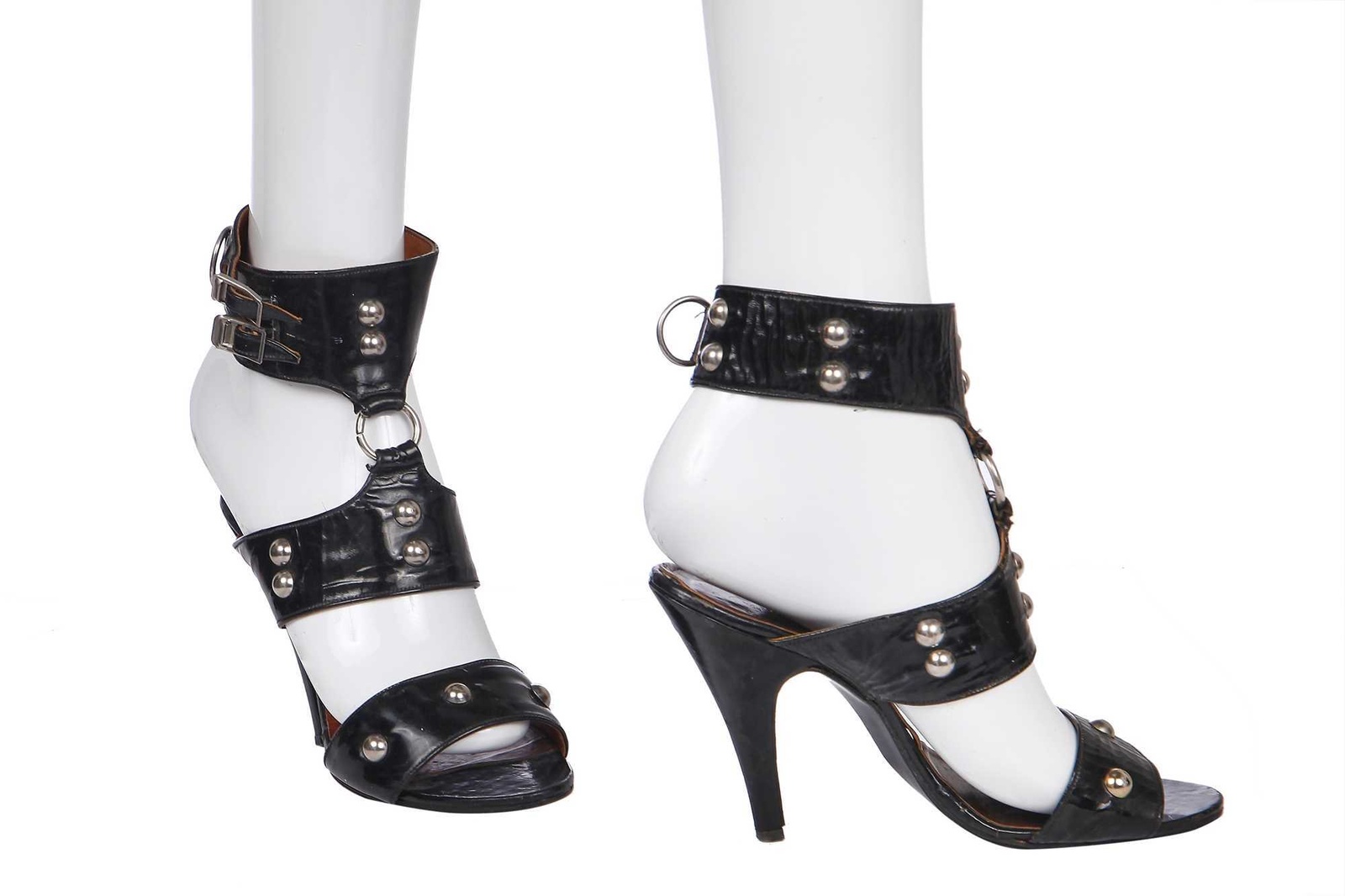
Westwood/McLaren black patent ‘SEX’ Bondage shoes, c. 1975. Courtesy of Kerry Taylor Auctions.
In 1975, McLaren returned to Britain when the New York Dolls disbanded. Around the same time, Johnny Rotten began frequenting the shop, leading to the official formation of the Sex Pistols in 1975, with McLaren serving as their manager.
In 1976, the store underwent another name change, becoming Seditionaries: Clothes for Heroes, and the Sex Pistols’ ‘God Save the Queen’ was released the following year. Punk had arrived. The band members wore clothing designed by Malcolm and Vivienne, and they soon gained widespread attention as the designers of the official punk look.
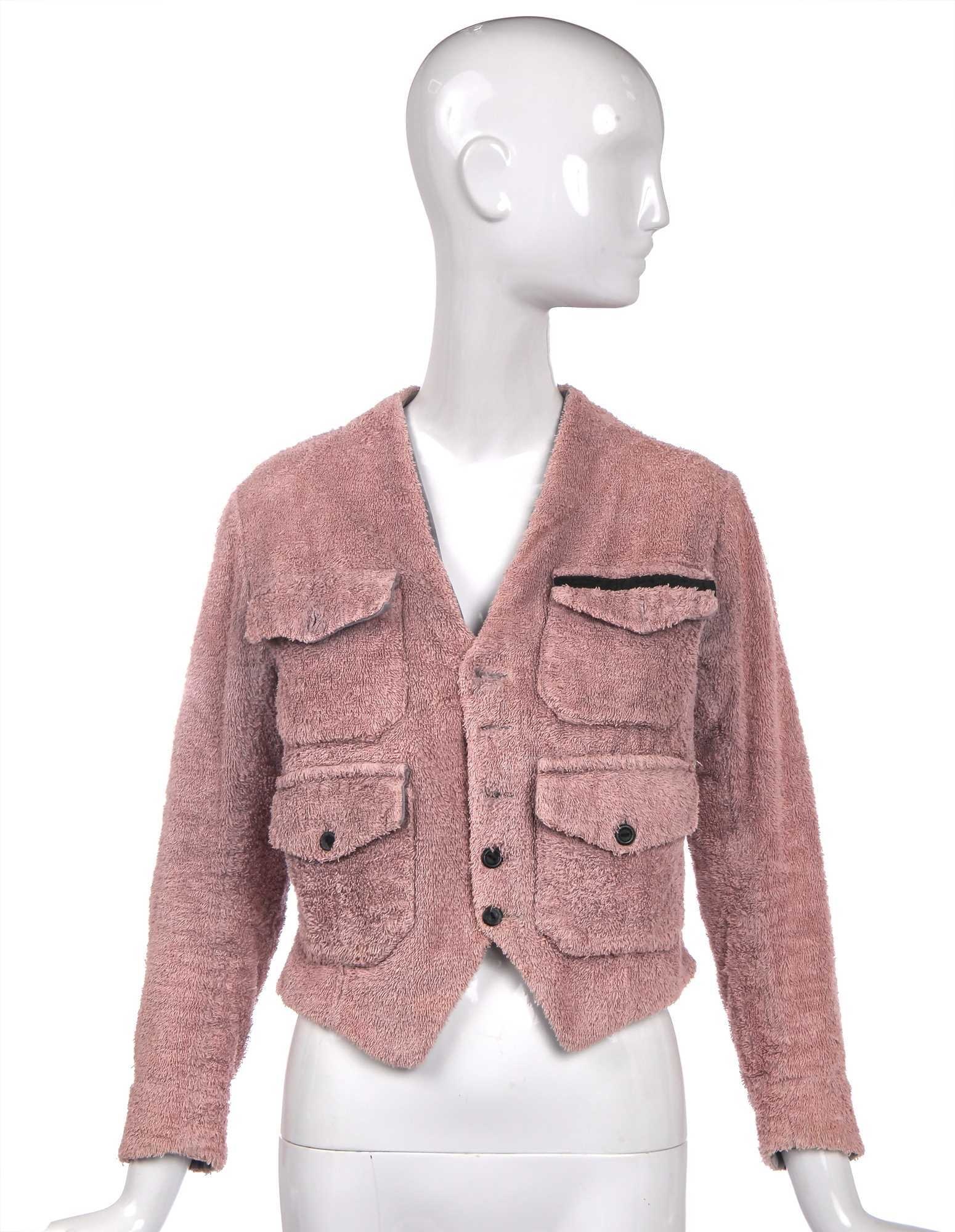
Westwood/McLaren jacket, ‘Seditionaries’ circa 1976. Courtesy of Kerry Taylor Auctions.
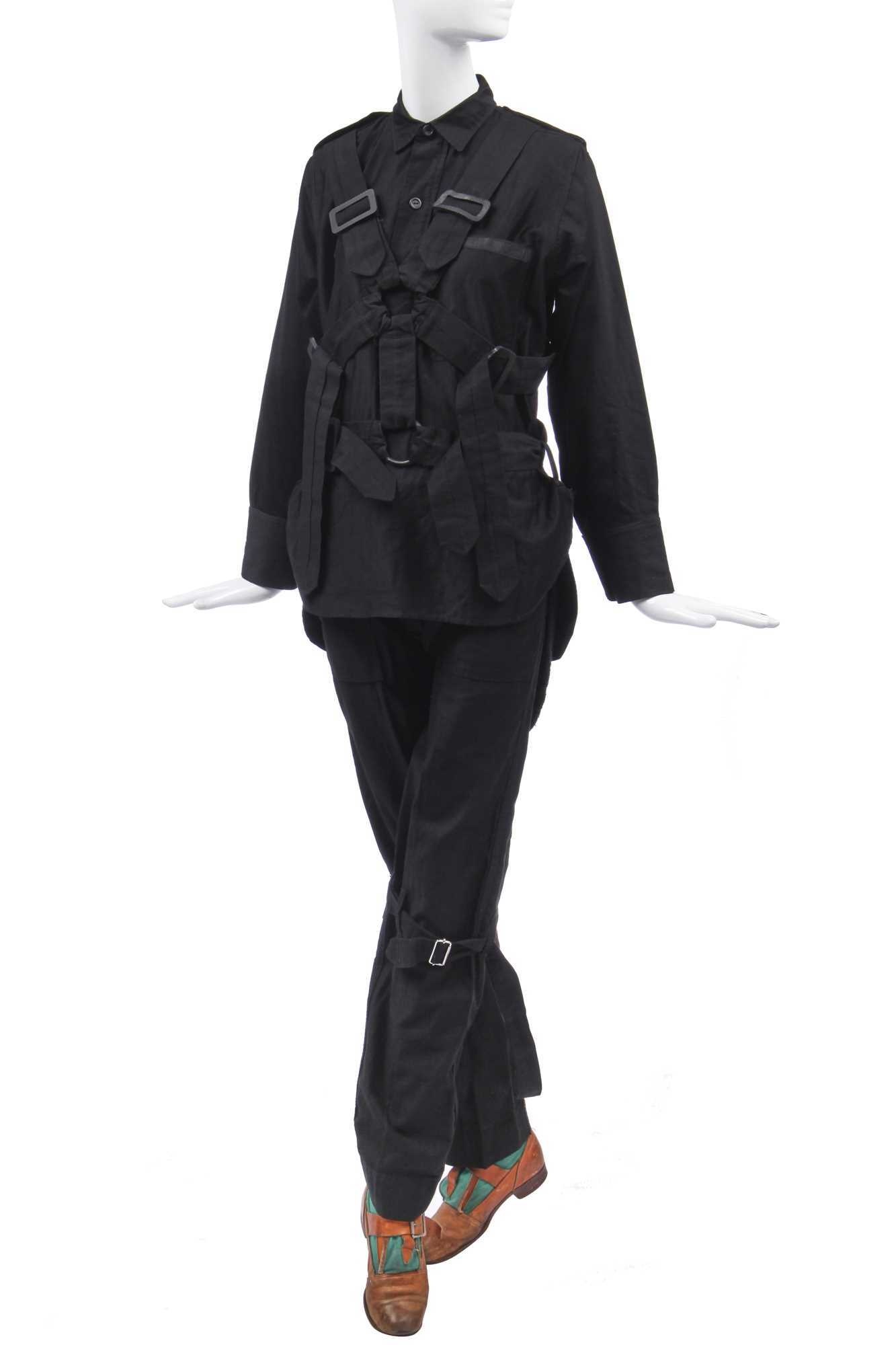
Westwood/McLaren Seditionaries complete Parachute/Bondage ensemble, c. 1977. Courtesy of Kerry Taylor Auctions.
The shop became a central hub for the London punk scene.
After the disbandment of the Sex Pistols in 1978 and the absorption of punk into mainstream culture, Vivienne Westwood experienced a sense of disillusionment. Seeking alternative methods to challenge the establishment, she began drawing inspiration from diverse historical periods. In 1979 the shop underwent yet another name change, becoming Worlds End.
Although McLaren and Westwood broke up in 1980, they continued to work together. In 1981, they presented their first fashion collection, “Pirate,” to the media and potential international buyers. The collection was named for its “plundering of ideas and colors from other places and periods.” The New Romantic look was partly inspired by this collection.
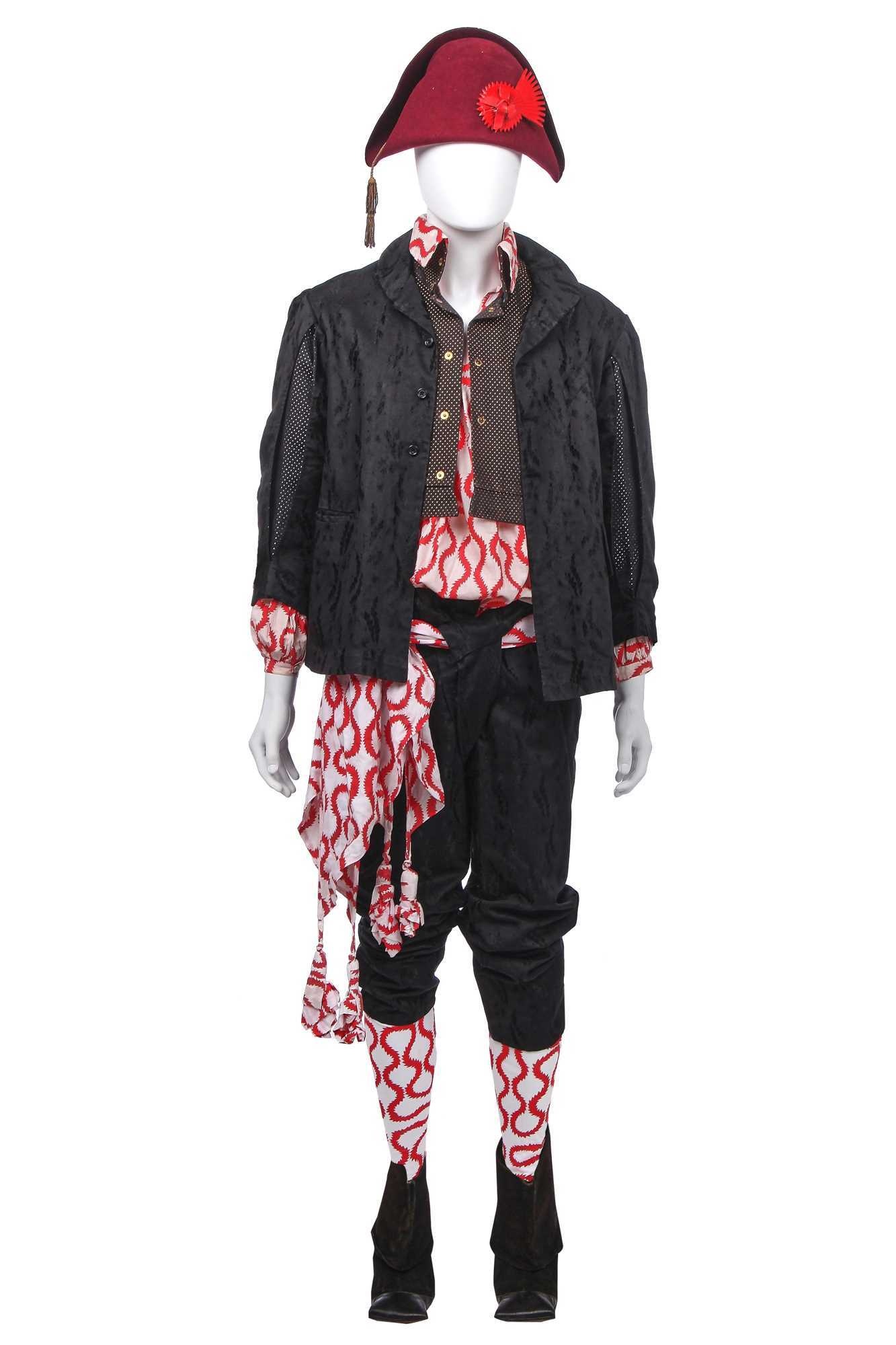
Westwood/McLaren complete ‘Pirate’ ensemble, Autumn-Winter, 1981-82. Courtesy of Kerry Taylor Auctions.
The introduction of underwear as outerwear with 1950s-style satin bras worn over dresses made the 1982 Buffalo Girls collection groundbreaking.
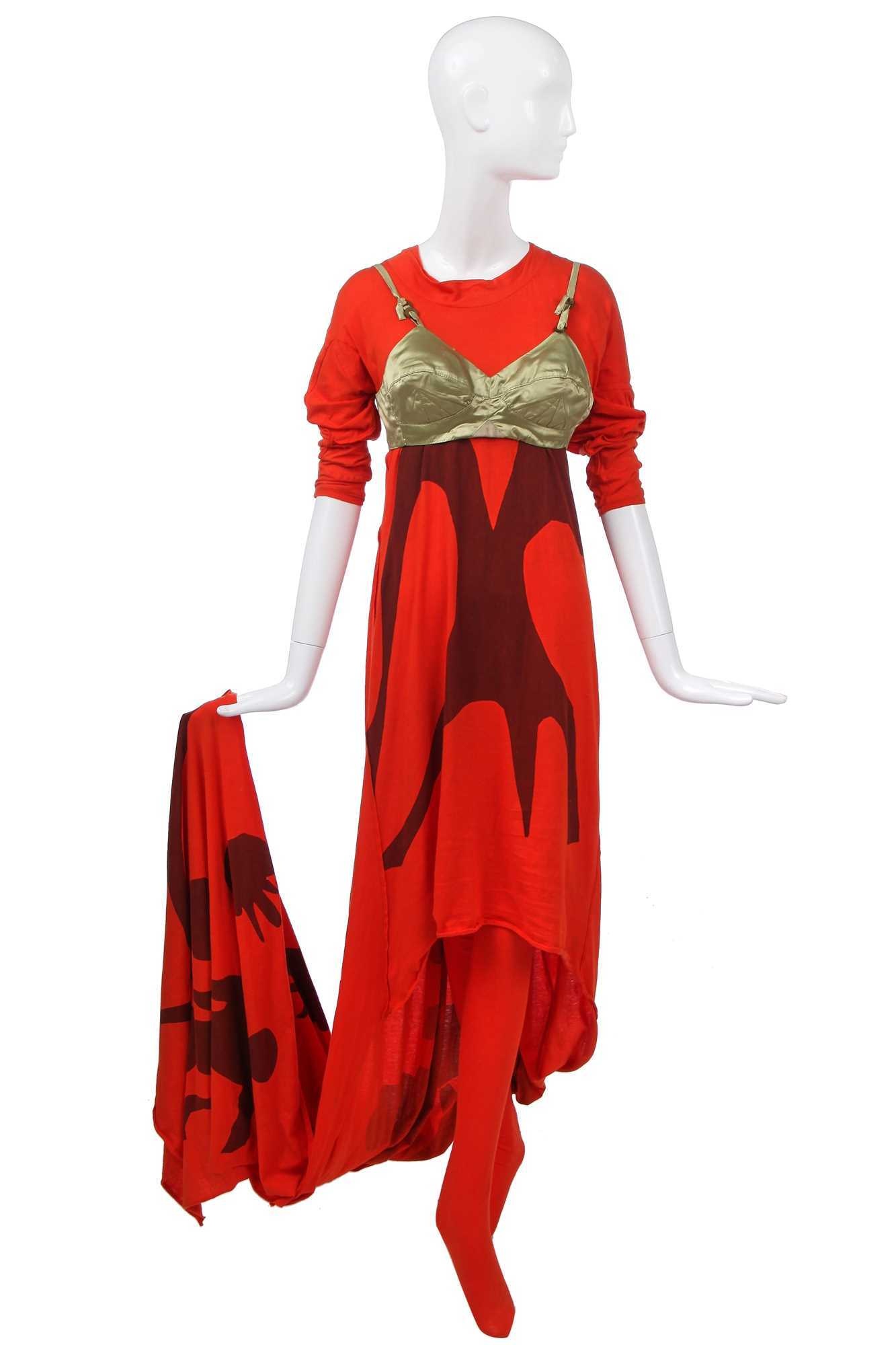
Westwood/McLaren toga dress and bra, ‘Nostalgia of Mud’ (Buffalo) collection, Autumn-Winter, 1982-83. Courtesy of Kerry Taylor Auctions.
Throughout the early 1980s, thematic, titled collections such as Savages, Punkature, Witches, and Worlds End were produced by Westwood and McLaren until their toxic business partnership dissolved in 1983. After that Vivienne developed a rebellious aesthetic that was uniquely her own.
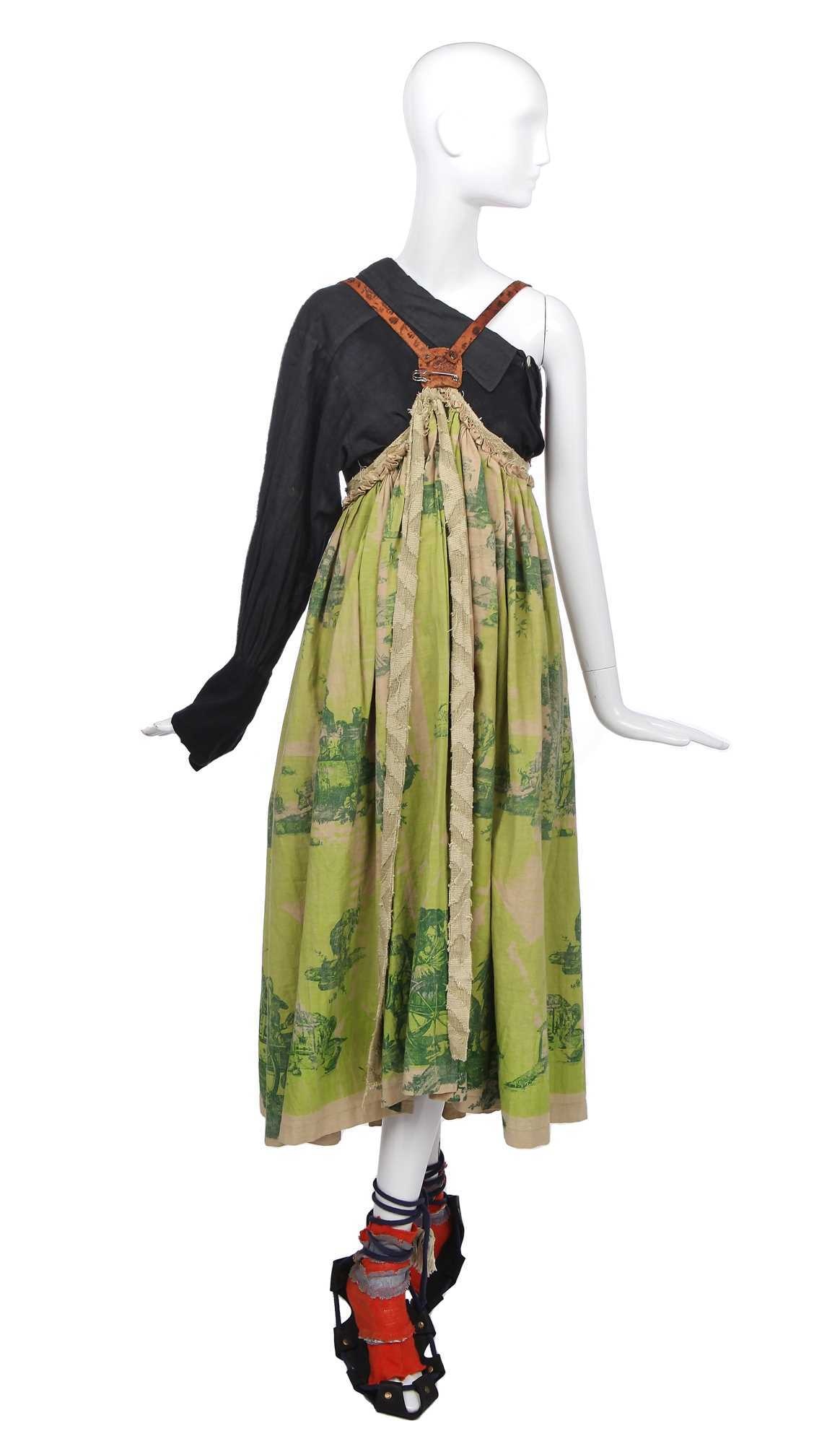
Westwood/McLaren complete ensemble, ‘Punkature’ (Hobo) collection, Spring-Summer 1983. Courtesy of Kerry Taylor Auctions.
Westwood dubbed the period of 1981 to 1987 as “New Romantic” and 1988 to 1992 as the “The Pagan Years.” During this time her “heroes changed from punks and ragamuffins to ‘Tatler girls’ wearing clothes that parodied the upper class.” In 1984, Westwood closed the King’s Road shop and moved to Italy. In 1985, she designed the mini-crini, a shortened version of the Victorian crinoline, which inspired the puffball skirts popularized by established designers like Christian Lacroix.
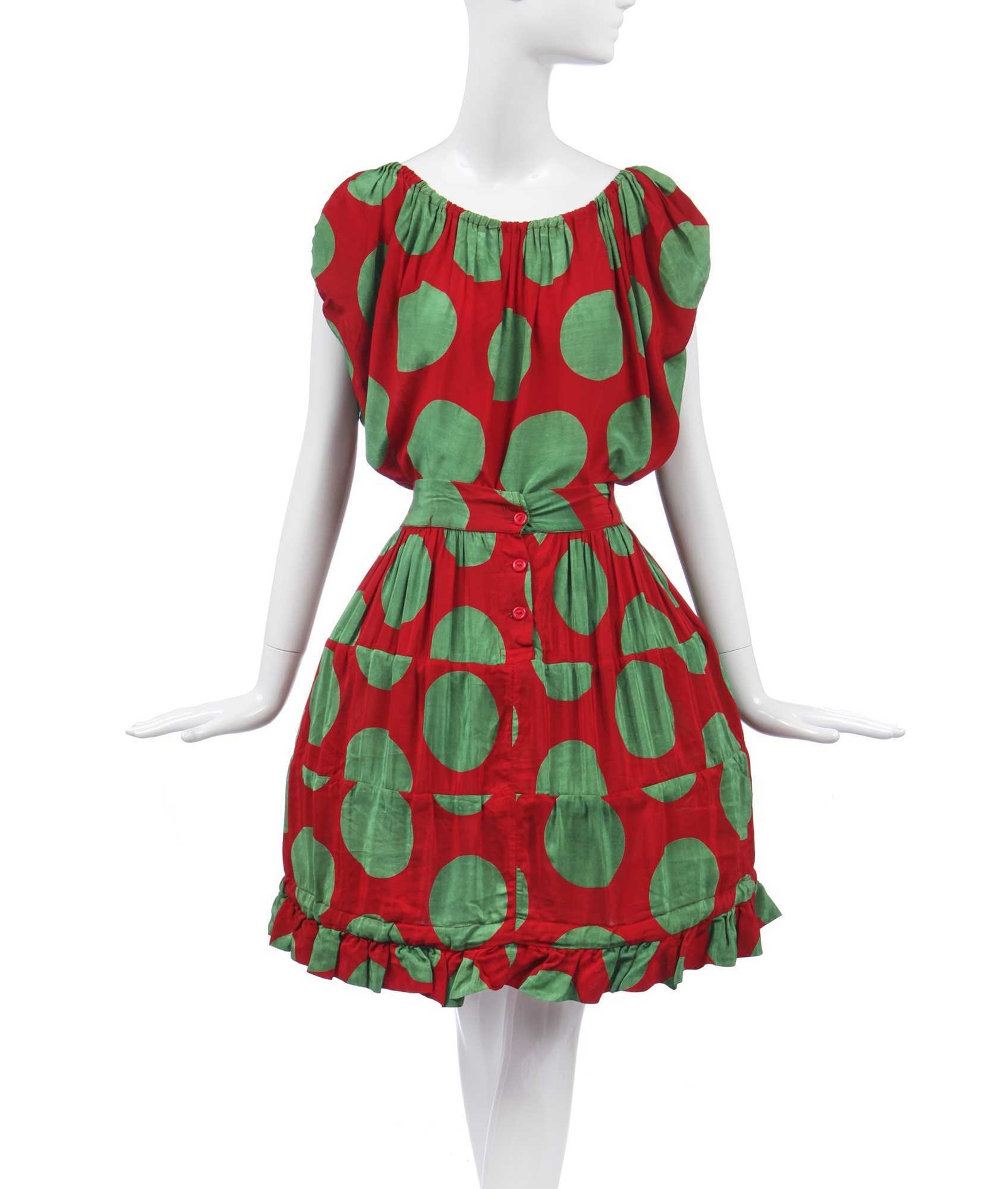
Vivienne Westwood giant polka-dot ensemble, ‘Mini-Crini’, Spring-Summer, 1986. Courtesy of Kerry Taylor Auctions.
The Harris Tweed collection of 1987 introduced corsets as outerwear. In April 1989, Westwood made the cover of Tatler dressed as then-Prime Minister Margaret Thatcher. The iconic suit she wore had been intended for Thatcher but hadn’t been delivered yet. This cover, with the caption “This woman was once a punk,” was included in The Guardian list of the best ever UK magazine covers. She received the womenswear designer of the year award in 1990 and 1991.
In 1992, Westwood married her next husband Andreas Kronthaler, and the same year she was honored with an OBE, which was elevated to a DBE in 2006.
For the remainder of the 1990s, Westwood mixed teaching, commercial relationships and her couture collections. She focused on the exchange of styles across the English Channel, combining English tailoring with French “solidity of design.” Memorable collections include the clan tartans of 1993’s Anglomania and the cushion bustles of 1994’s Cafe Society.
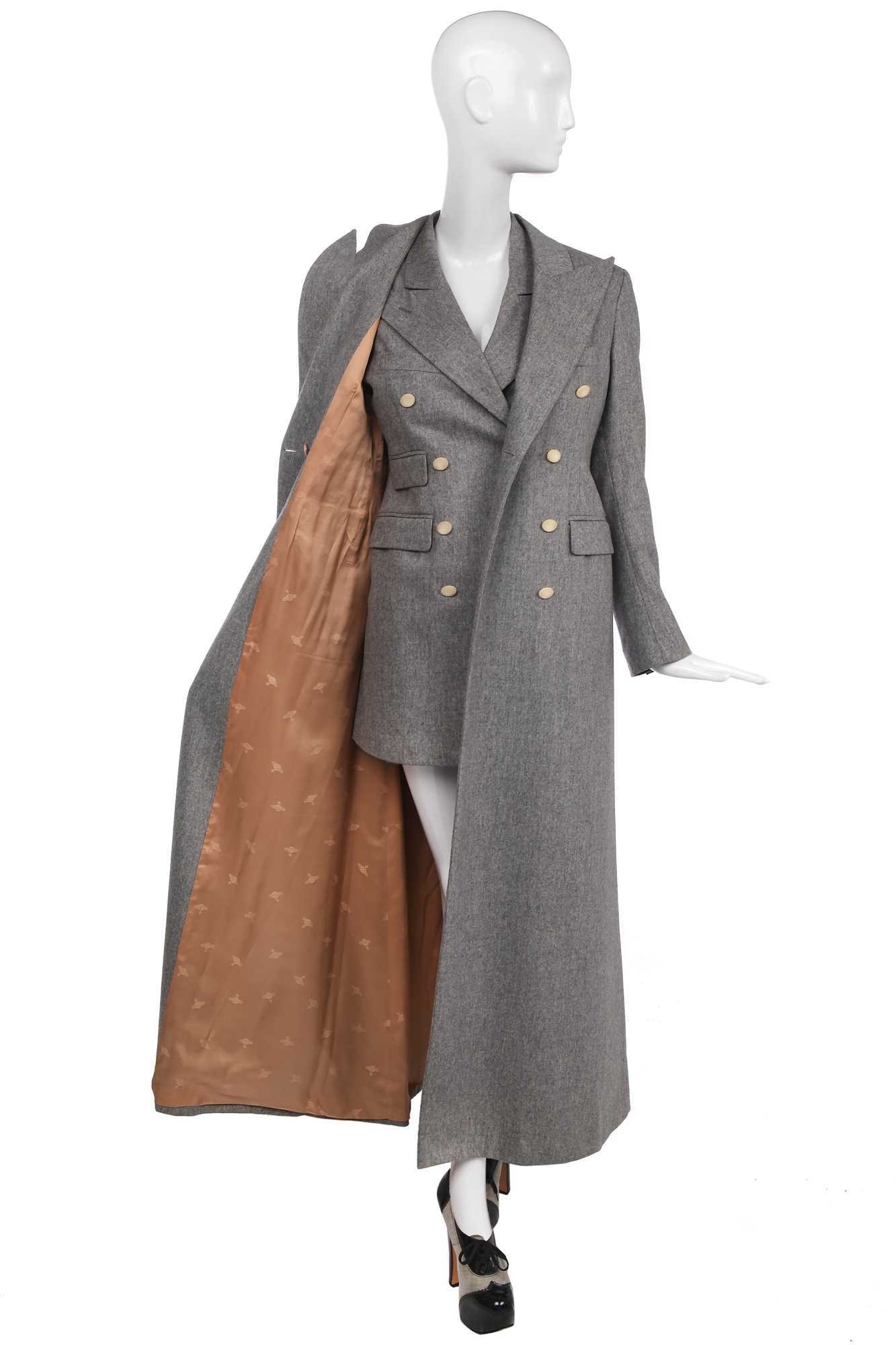
Vivienne Westwood complete ensemble, ‘Anglomania’ collection, Autumn-Winter, 1993-94. Courtesy of Kerry Taylor Auctions.
Westwood’s designs were featured in the 2008 film adaptation of the television series Sex and the City in which Carrie Bradshaw chooses a Westwood gown for her wedding.
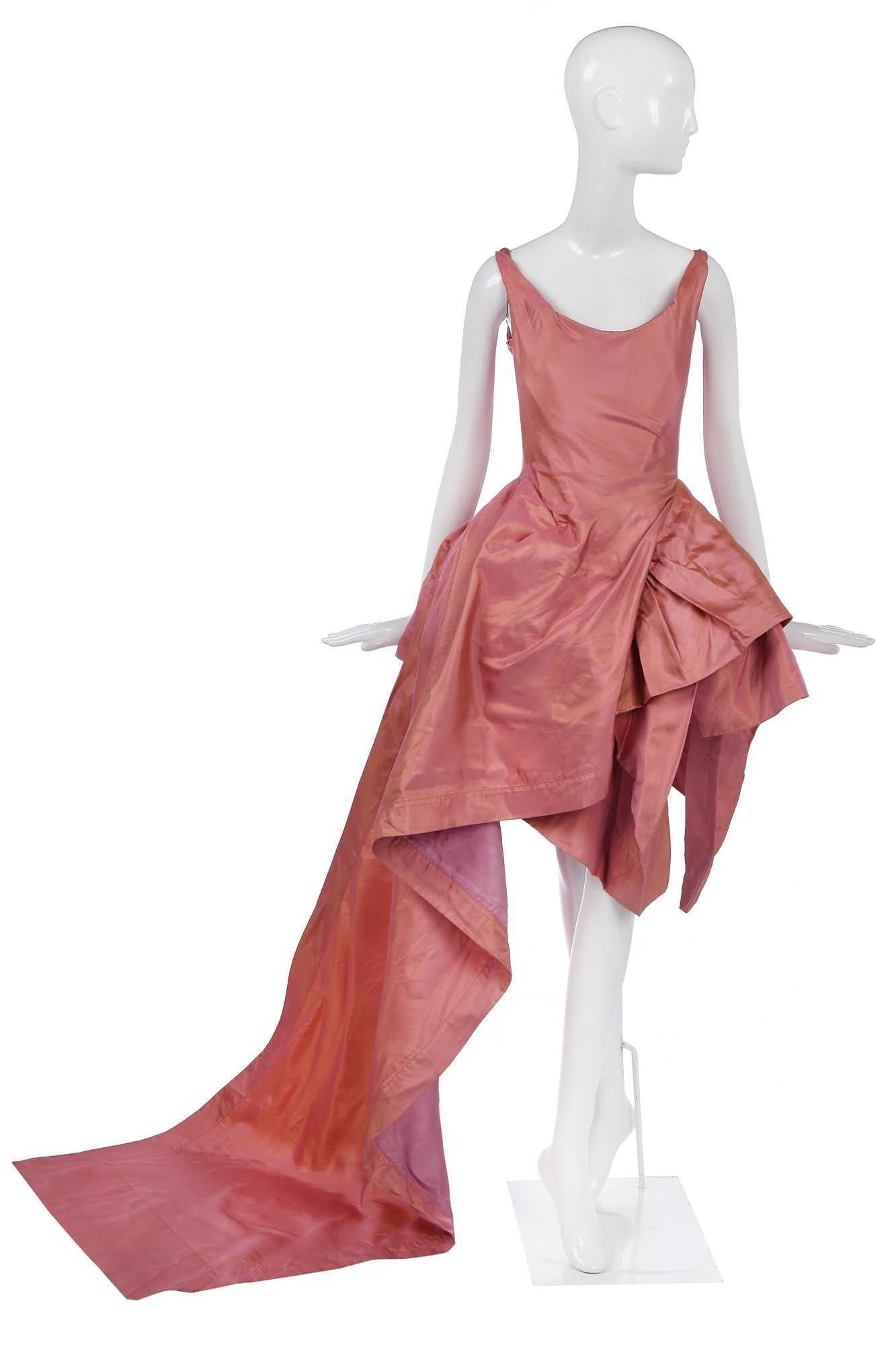
Vivienne Westwood showpiece dress, Spring-Summer 2006. Courtesy of Kerry Taylor Auctions.
In 2012, Westwood was among the British cultural icons selected by artist Sir Peter Blake to appear in a new version of his most famous artwork – the Beatles’ Sgt. Pepper’s Lonely Hearts Club Band album cover – to celebrate the British cultural figures of his life that he most admires.
Also that year, she was chosen as one of the New Elizabethans to mark Queen Elizabeth II’s Diamond Jubilee. A panel of seven academics, journalists and historians named Westwood among a group of 60 people in the UK “whose actions during the reign of Elizabeth II have had a significant impact on lives in these islands and given the age its character.”
Vivienne Westwood was a political activist from the 1980s and frequently supported environmental initiatives. To celebrate her 80th birthday, she presented a video in Piccadilly Circus, London. In the ten-minute film created with her brother, the punk icon performed a rewritten rendition of “Without You” from My Fair Lady to offer a stark warning of societal indifference to the looming environmental catastrophes, a cry against the arms trade, and its link to climate change.
The Worlds End shop at King’s Road was reopened and acts as a working museum, selling both mainline Westwood and archival pieces from the Seditionaries hey-day.
Westwood died in Clapham, London, on 29 December 2022, at age 81.
Written by Síne McEllin of Ian Drummond Collection
All photos except the portrait of Westwood © Kerry Taylor Auctions
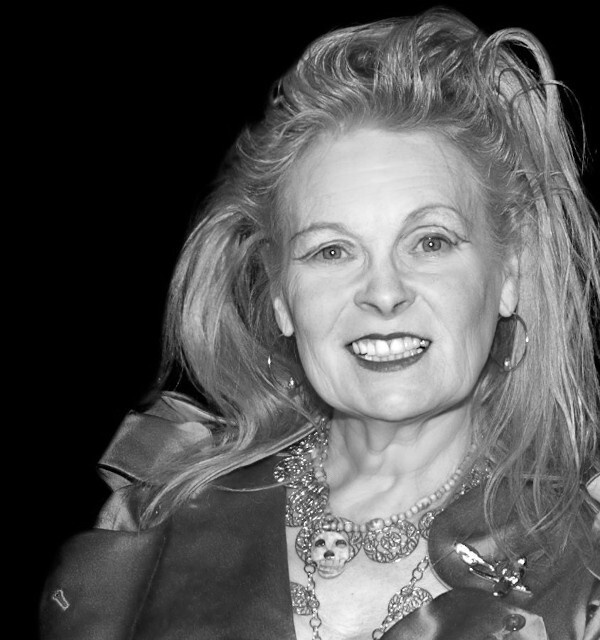
Vivienne Westwood by Mattia Passeri
